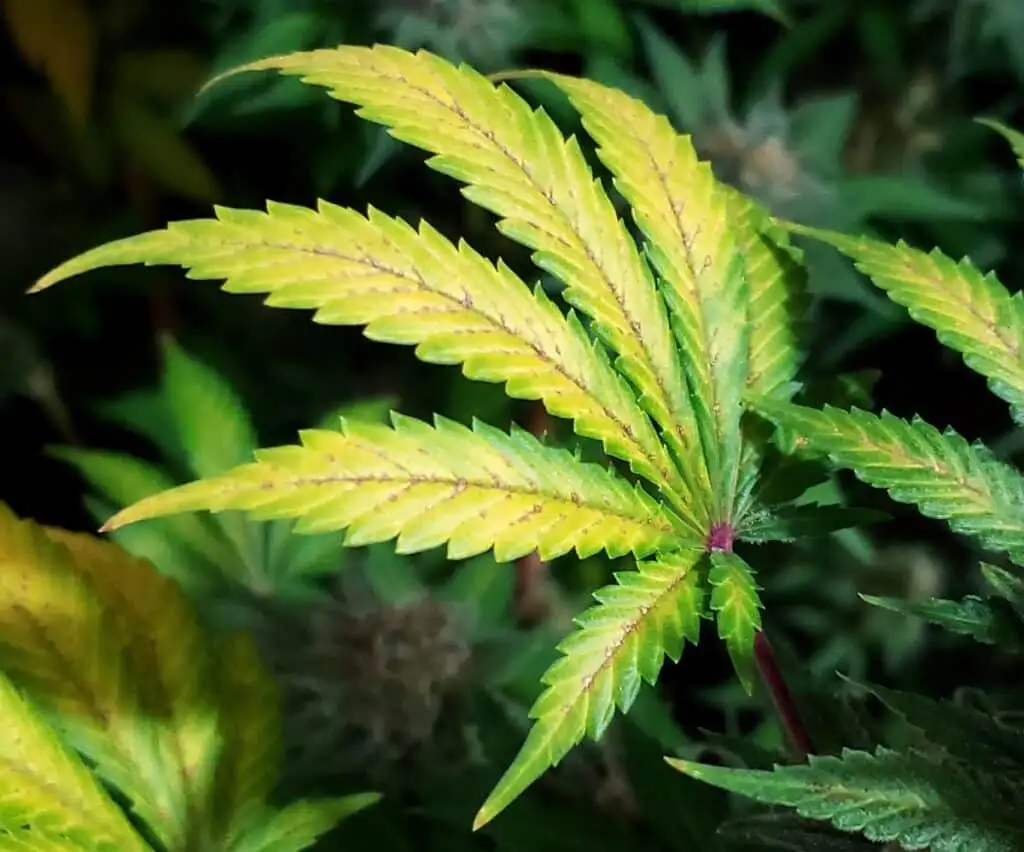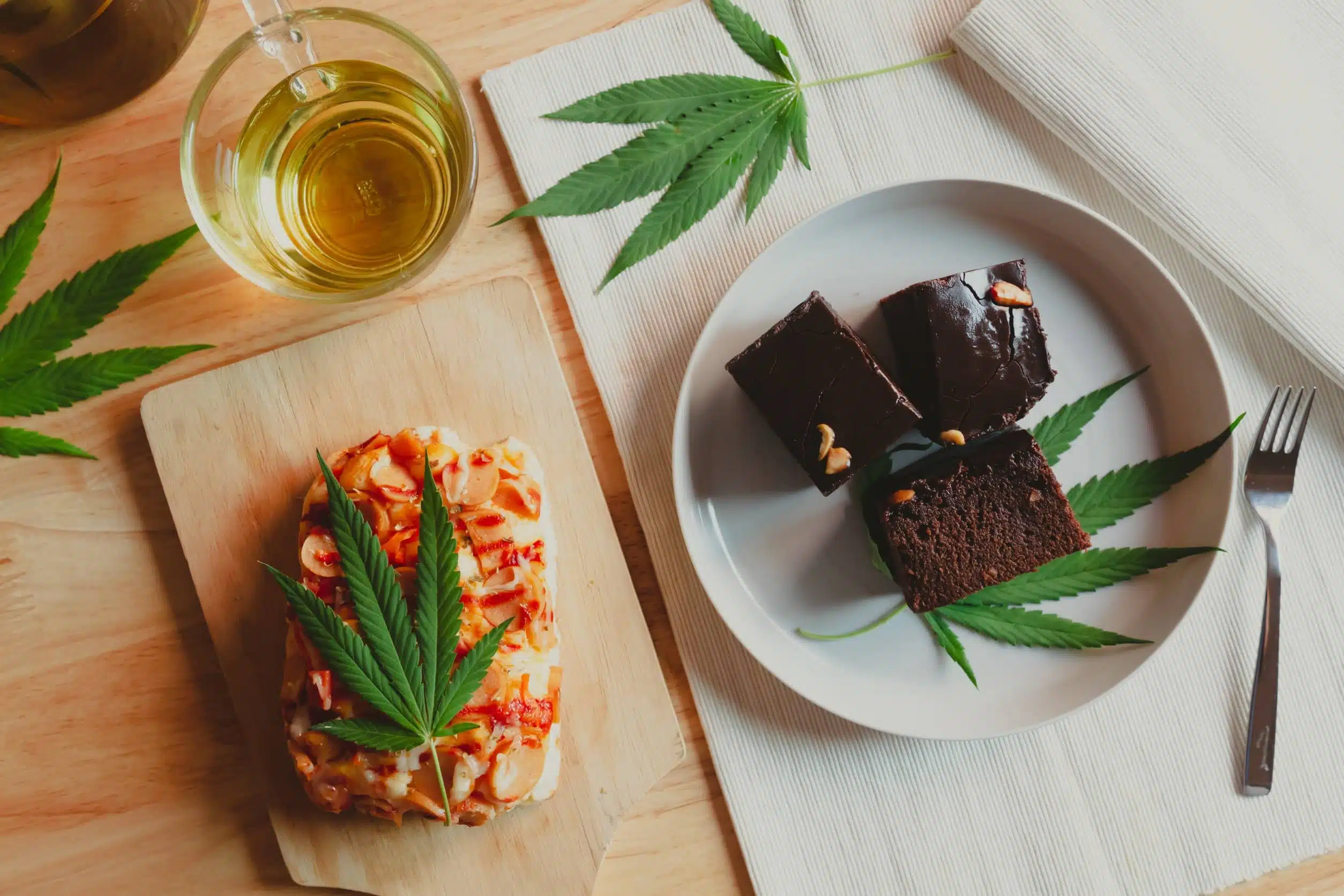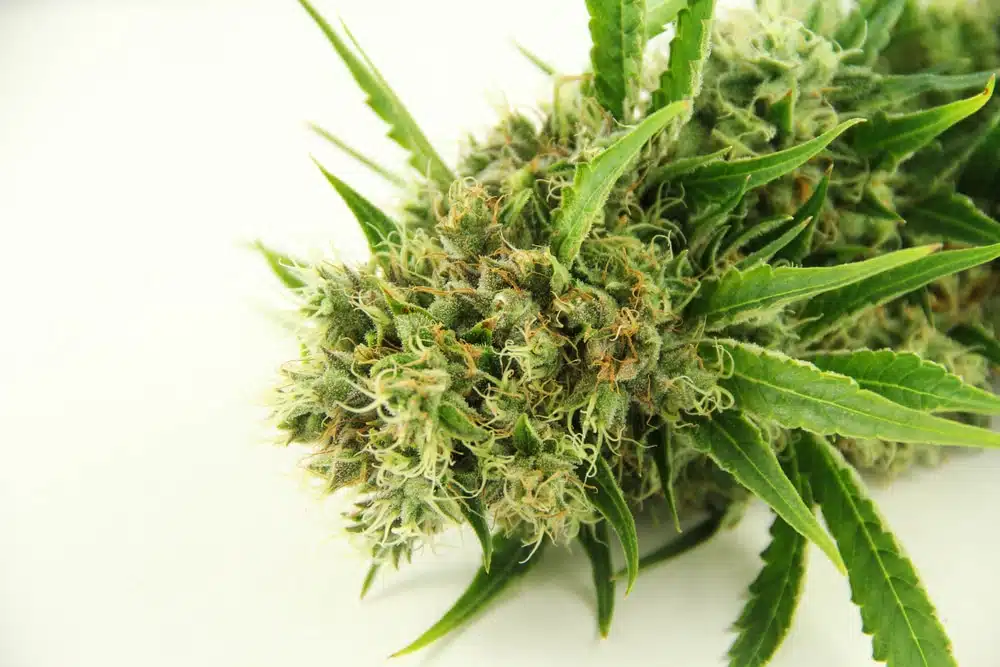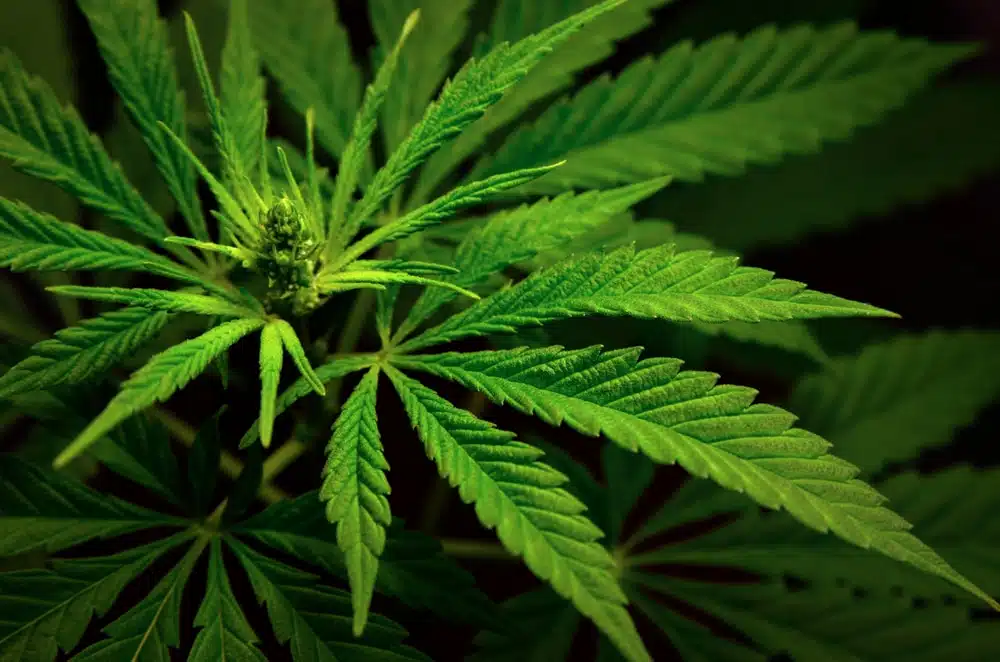Understanding Cannabis Calcium Deficiency for Better Plant Growth
Cannabis calcium deficiency can become a serious problem if not addressed in a timely manner. If left unchecked, it could mean the difference between a high-quality harvest and barely usable buds.
Luckily, there are easily distinguishable plant symptoms to keep your eyes peeled for. If you suspect that you have a calcium deficiency in your cannabis plant, then keep reading for tips on identifying and fixing it.
What is a calcium deficiency in cannabis plants?
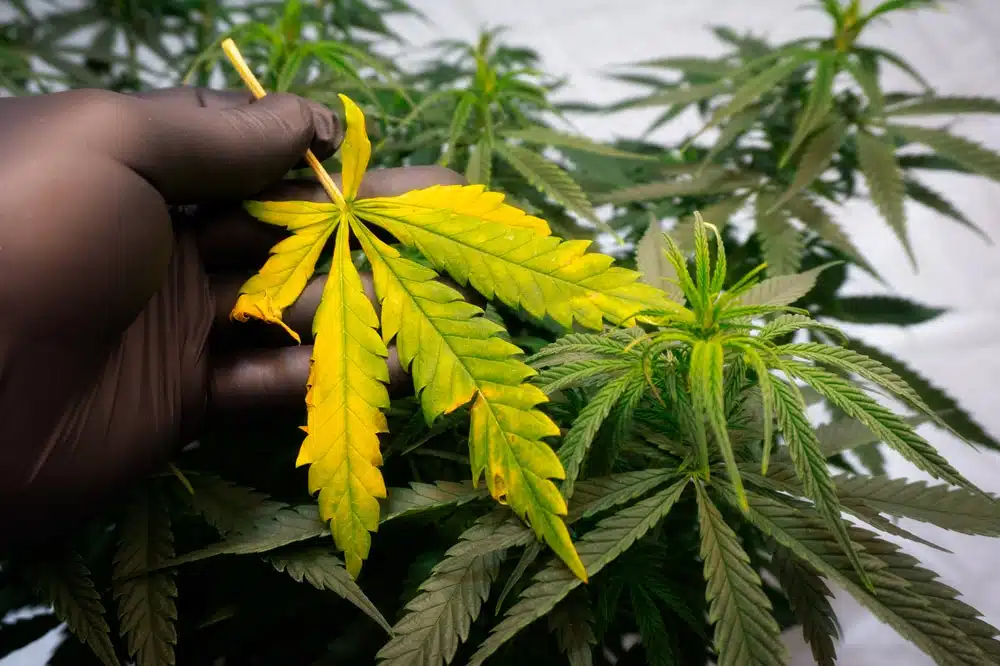
Cannabis plants rely on calcium for a variety of reasons and a deficiency simply means they can’t access the right amount of it. A deficiency may not always be a direct result of too little of one nutrient. Rather, it can also be due to a nutrient absorption problem with your cannabis plant.
This ultimately means that any deficiency can be caused by stress, incorrect pH values, or problems at the root level.
Why does marijuana need calcium?
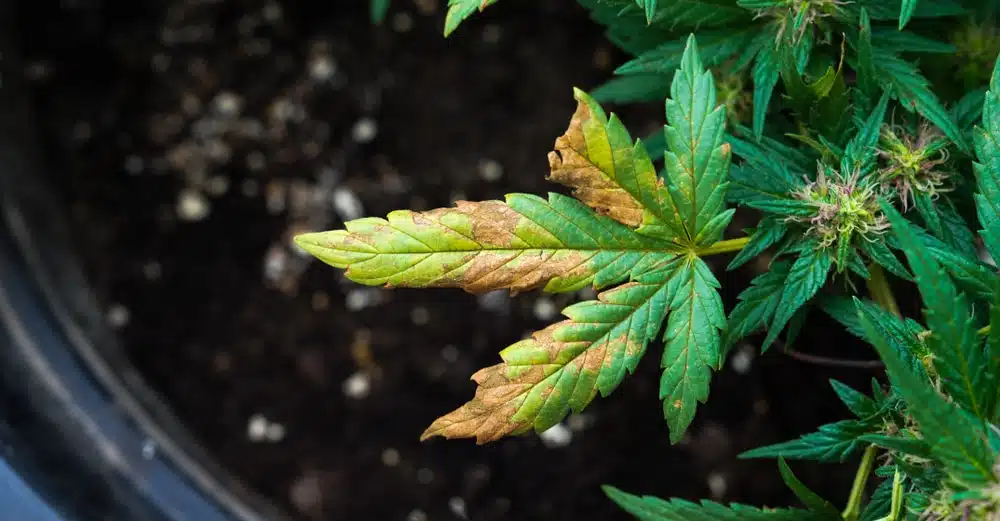
The journey of calcium begins in the growing medium and your plant’s root system. If you’re using soil as a growing medium, the calcium will stay there until the roots absorb it into the leaves where it will make a home. This is unlike other nutrients, like nitrogen, phosphorus, and potassium, which will move among the leaves where needed.
Calcium strengthens the roots and increases root hair growth, promoting efficient nutrient uptake through the decomposition of different elements.
Additionally, it increases the bioavailability of other nutrients in the roots. This means that in order for every other system to work properly, calcium is needed to make it happen.
Used throughout the plant’s life, calcium has a hand in seed germination all the way through until the cannabis flowers are swelling in the final weeks.
If you use tap water for irrigation, then you won’t likely have a calcium nutrient deficiency since most municipalities or well water systems have ample amounts of it already.
Amended soil also holds quite a bit of calcium that can be slowly released into your marijuana plant, your local garden center should have the nutrient information on the bag.
Cannabis calcium deficiency symptoms
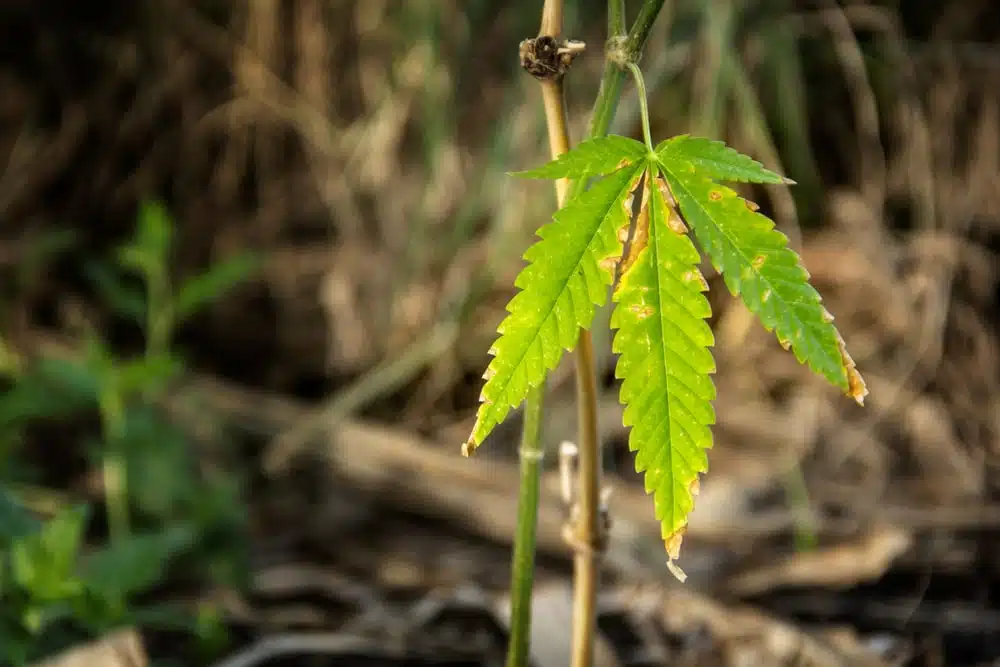
Marijuana calcium deficiency can get tricky to identify since it mirrors other problems over and above nutrient issues. Outdoor soil growers seldom see issues with calcium since the growing medium is full of it. It is just more common in hydroponic systems where the grower is directly responsible for the nutritional needs of the cannabis plant.
As with most nutrient problems, it has three stages, each with varying symptoms and degrees of physical abnormality.
Early stage – Keep an eye on the new plant growth as this is where you’re going to see some activity. It’ll start to show stunted growth and the leaves will come out twisted and yellow (sometimes purple).
Additionally, you will feel weak stems as there isn’t enough calcium to build up the cell wall structure, caused by hollow stems. Light, brown spots will appear in varying places, primarily on leaves that receive light.
Light burn is a common result of a calcium problem since the plant will lose its ability to manage the heat stress from direct light. It’ll start as yellow leaf tips and then start to curl if left too long.
Middle stage – The light spots will begin to darken and spread throughout the entire leaf. The new growth will start to curl and start to fall off, barely growing back. You’ll also notice fan leaves curling at the tips.
The main symptoms at this point, however, are beneath the soil out of sight. If you were able to see the roots at this stage, you would begin to see some weakening of the roots as they lose their white luster and become soft.
Late stage – The dark brown spots will turn necrotic as the roots are unable to absorb nutrients since they are too damaged and will start showing signs of root rot. At this stage, they will be turning brown and are susceptible to different pathogens and viruses. During the flowering stage, the cannabis flowers will be severely compromised with deformed buds that can’t fill out properly.
Brown spots on cannabis leaves
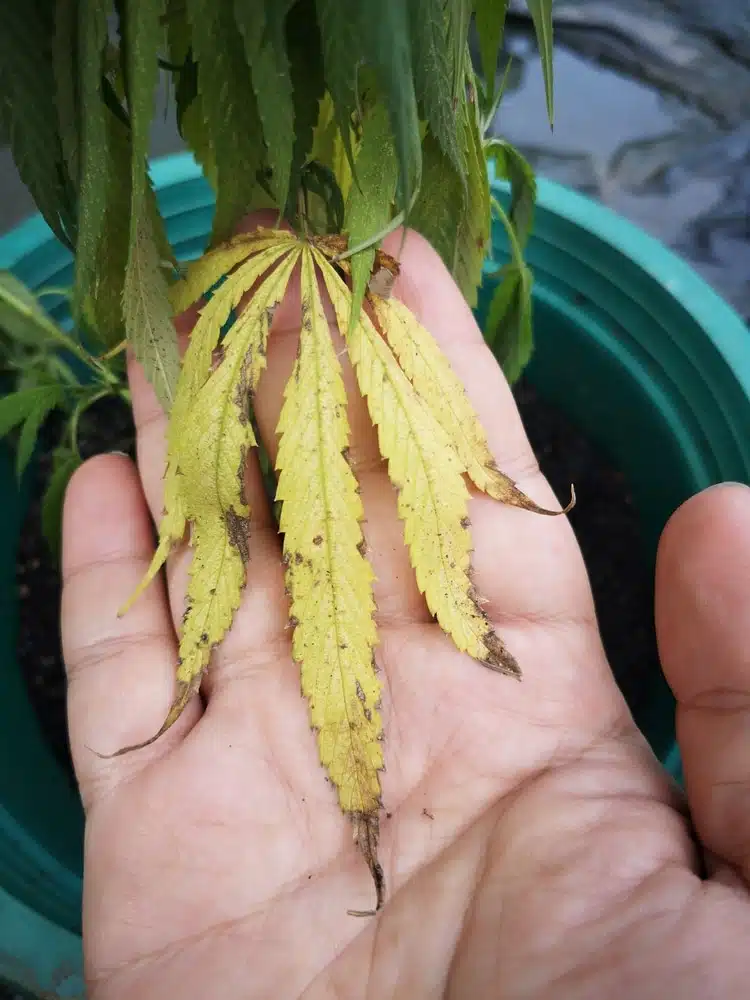
Identifying the brown spots on your cannabis leaf is a key observation when diagnosing calcium deficiencies. It’s a result of your plant being unable to absorb nutrients like potassium, iron, and magnesium. As your leaves lose the ability to photosynthesize, they will start to die off, as you can see if you leave the deficiency too long.
How to differentiate from other nutrient deficiencies
Calcium deficiencies are often linked to iron deficiencies since they have similar roots (no pun intended). An iron problem will manifest in the root system, just like calcium, causing symptoms among the newer growth. Instead of brown spots, however, you will see chlorosis, which is a yellowing of the leaf. For more information, you can read our article on cannabis iron deficiencies.
Causes of calcium deficiency
Are your marijuana plants showing possible signs of calcium problems? Spend some time diagnosing your plant and writing notes, fixing the problem can wait a few minutes while you gauge the situation. Here are some of the common causes that can throw off the balance of your plants’ nutrition rhythm.
Soil
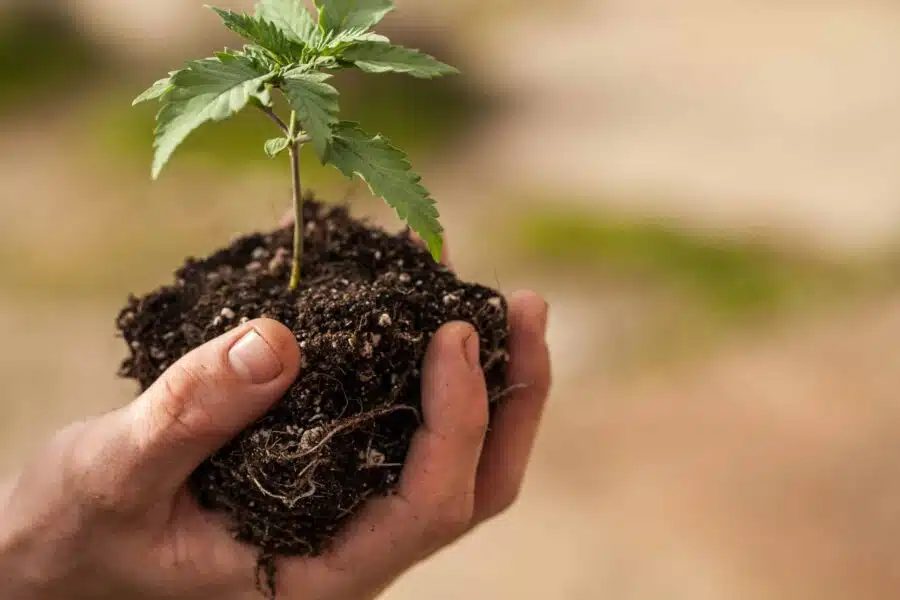
Soil is a growing medium that acts as a buffer for your plant, meaning it holds a reserve of nutrients, water, and even pH. If you have a calcium issue, the first thing to check is the pH of your soil. If your pH is not between 6.1 and 6.5, then it is considered acidic soil and there is a chance that your plant can’t absorb the calcium even though there is enough of it. This is commonly referred to as nutrient lockout and is an easy solution to fix if you catch it quickly.
Water
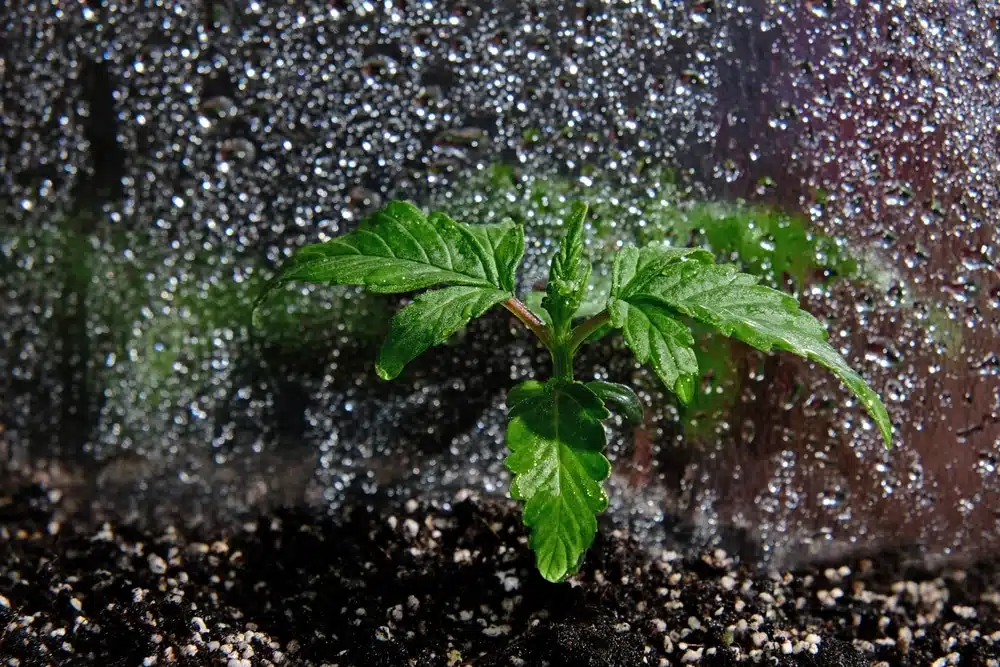
Overwatering can be a cause of calcium deficiencies as you can be flushing out vital nutrients that your plant needs.
Additionally, if your plant’s roots are constantly drenched, they will suffocate and become weak, blocking any nutrients from moving up to the plant.
In hydroponics, not having enough calcium in the water can lead to a calcium deficiency since reverse osmosis systems are used for a long time. Ensuring you have the correct ratios in your nutrient recipe will eliminate this from happening. Using tap water is another great way to give calcium to your plants when watering.
How to fix calcium deficiency in weed plants
If you’re able to catch it quickly enough, fixing a calcium deficiency is an easy process and your plant can move on with its life. Here are some of the best ways to fix a calcium problem with your marijuana plants.
pH level in soil
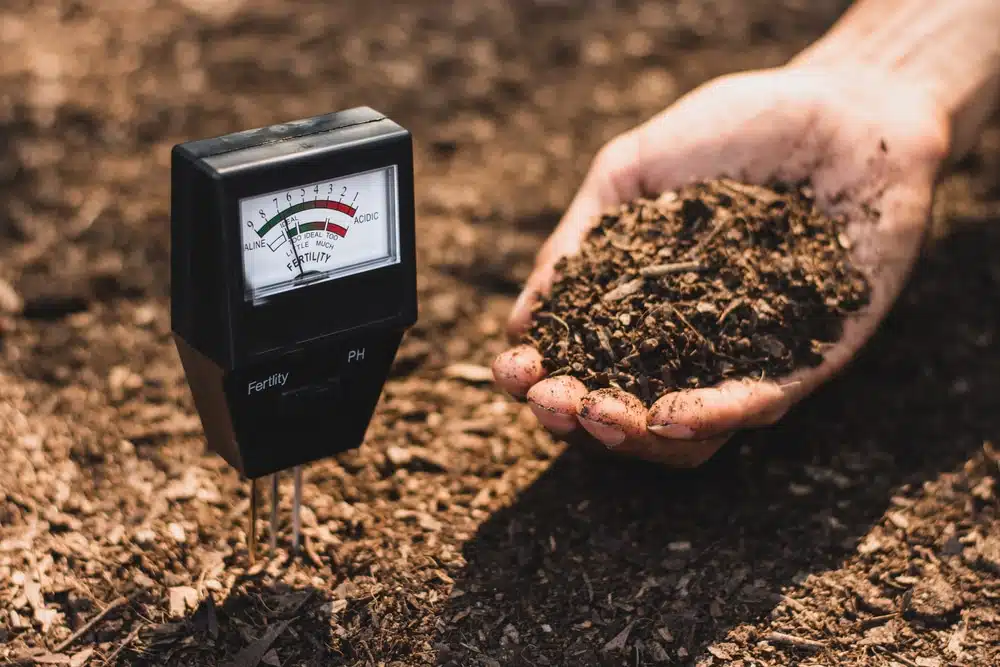
To check the pH of your soil, simply run water through the pot until it starts coming out of the bottom, this is called leaching. Capture that liquid in a container and measure the pH to see if it falls within the proper range. If it’s too high (above 6.4), then you want to flush your growing medium until the pH falls within the range and then apply a fresh batch of nutrients, including a calcium and magnesium solution.
pH levels in hydroponics
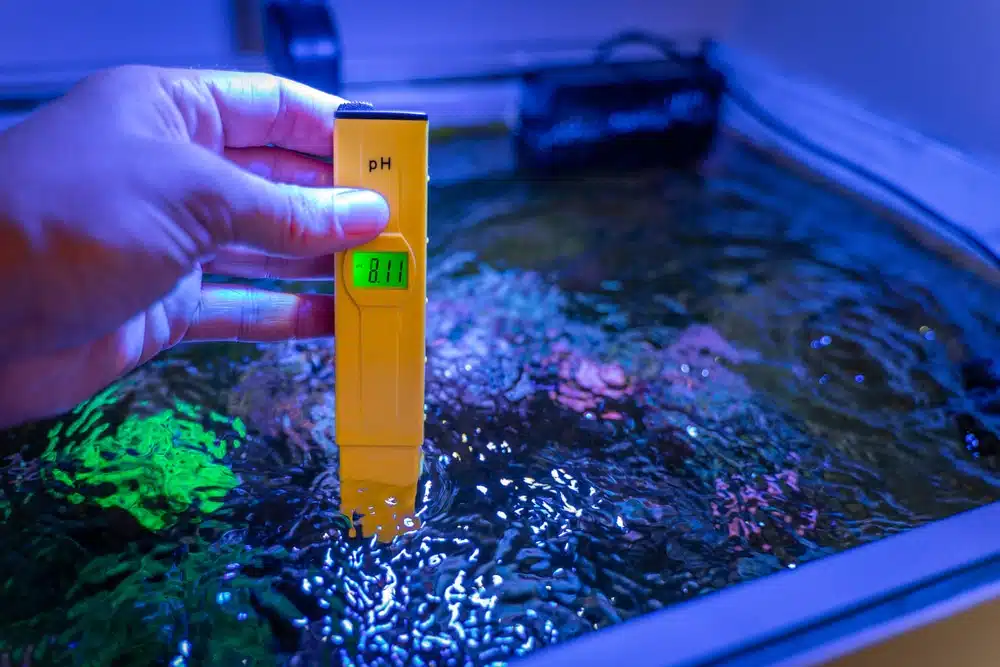
The pH levels of your hydroponics water will naturally rise over time. This is why it’s imperative to change out the water often enough to mitigate any lockout problems. Most hydro growers will check the pH of their water multiple times throughout the day to ensure it stays within the 5.7-6.4 range that is recommended.
A proper pH level can be attained by using a pH down or pH up solution to give you balanced water. This should fix any lockout problems with your nutrient solutions.
Add Calcium
The last thing to try would be to add more calcium to the specific plants affected. Calcium helps magnesium get absorbed, and quite frequently the other one is affected if one is. Adding a liquid calcium-magnesium solution would be the best way to get those nutrients into your plant quickly.
Be careful to watch how much you put in since too much calcium in the nutrient solution can lead to cannabis calcium toxicity, the opposite problem.
Grow your own without trouble!
Want to learn more about cannabis deficiencies and how to fix them? The Seed Fair is more than just a reputable seed bank, we are a community of like-minded cannabis growers that want to help you grow the best marijuana plant possible.

